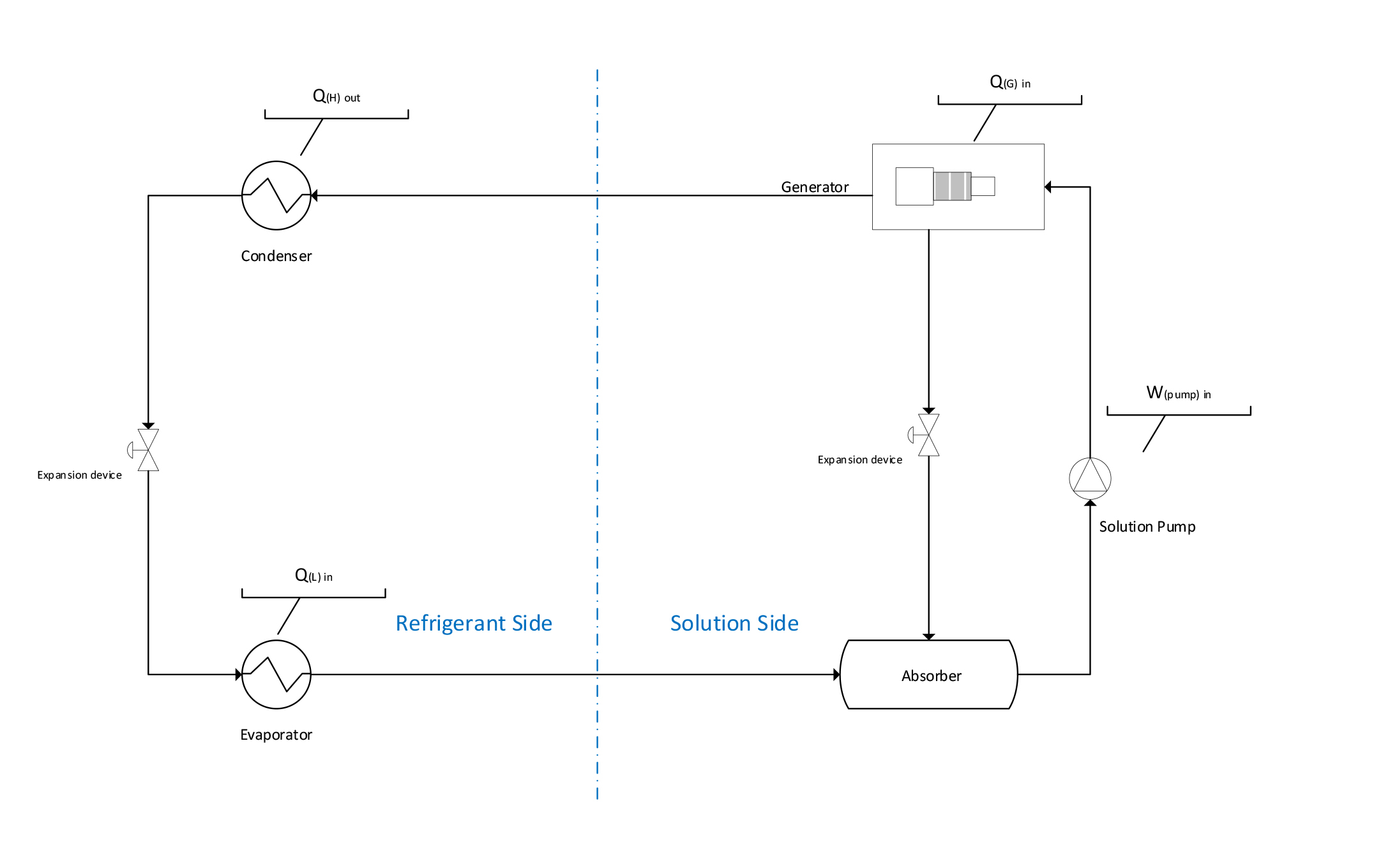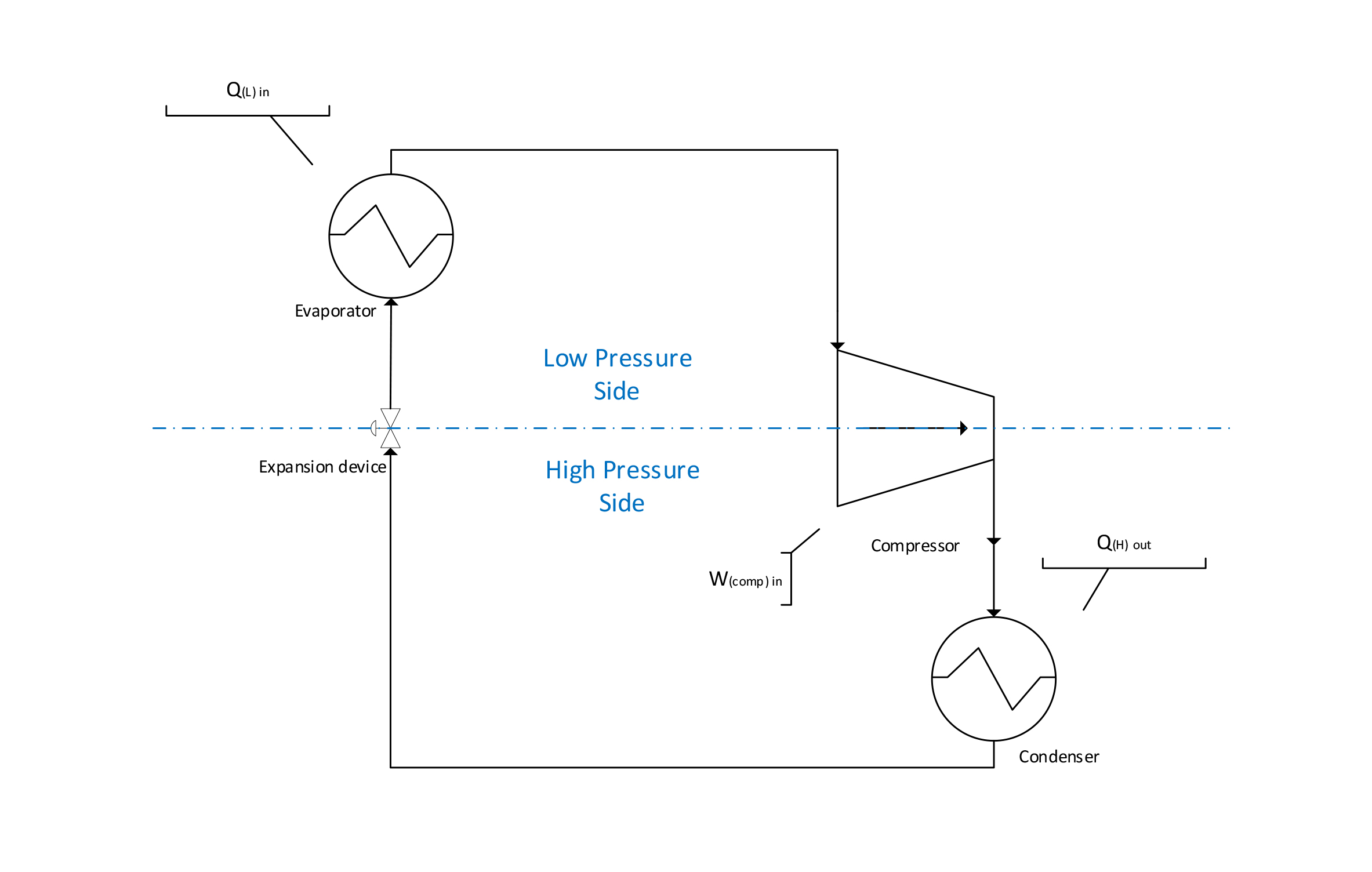What We Do
- Home >
- What We Do >
- Mine Bulk Air Cooling
Mine Bulk Air Cooling
Systems & Offering for the Mining Industry
REI Process provides a variety of systems from water chillers to ice generation for the mining industry. These systems come fully integrated on skids with minimal tie in points ready for immediate installation at site.
The types of packages offered include safe area plant room refrigeration, sub-surface refrigeration and a hybrid variation of surface & underground refrigeration packages suitable for all locations, environments and climatic conditions.
The packages are fully customisable for system temperatures ranging from -20 degC to +10 degC.A variety of refrigerant choices from Ammonia, R134a to HFOs such as R1234yf & R1233zd ensures that an optimal solution is found to meet your requirements.
To ensure high efficiency, our packages come with step less capacity control which minimises power consumption with a fully automated controls enabling unmanned operation around the clock.
At REI Process we pride ourselves as a company with access to a global supply chain. Over the years we have built strong relationships with sub-suppliers for all our major equipment so that we can provide the best in component technology to suit the harshest environments.
These include heat exchangers varying from Shell & tube type, Plate & Frame type, Plate & Fin type, Printed Circuit Type. Compressors ranging from screw type, reciprocating type & centrifugal type.
These systems come with registration and compliance to all required Australian & international standards relevant to the mining industry such as AS1210, AS1677.2, ASME BPVC, AHRI, ASHRAE, IIAR & ISO.
We also adhere to the Australian OSHA, WHS and Mine Safety acts and regulations.
Furthermore, we have established strong partnerships with key players in the industry including drill shaft contractors, BAC suppliers and cooling tower manufacturers to provide complete cooling system offerings.
REI mobilises a dedicated service team in Australia that specialise in commissioning & installation of our packages. We provide on-site training for operators, staff members and have an after sales support team based from our Sydney headquarters to support with daily operations, service & maintenance.
Our packages come with process & mechanical guarantees together with a life of 25 years. We also provide the option for our clients to design the packages with flexibility for future proofing. Examples of this include provision for additional capacity & suitability for transitioning to future refrigerant alternativities.

Types of refrigeration systems we provide
Vapour compression refrigeration (VCR)
This is the most common type of refrigeration system. This system uses mechanical energy by repeating compression and expansion of refrigerant by the Joule-Thomson effect. Its 4 main components are: a compressor, a condenser, an expansion device, and an evaporator.
For mining applications, REI Process utilises oil flooded screw compression technology as a standard to ensure optimal cost, reliability and performance efficiency.
Below schematic represents a basic vapour compression refrigeration cycle.

Vapour absorption refrigeration (VAR)
Similar to VCR, the vapour absorption refrigeration system involves an absorber, generator, pump and recuperative heat exchanger in lieu of the compressor.
Vapour absorption system are particularly favoured if there is a source of waste heat available on site (such as steam or fuel gas) as this would dramatically save on utility costs.
For mining applications, REI Process utilises Ammonia as the refrigerant and water as the absorbent. This allows for subzero cooling temperatures compared to LiBr absorption chillers.
Below schematic represents a basic vapour absorption refrigeration cycle.

Advantages & Disadvantages – VCR vs. VAR
|
Aspect |
Vapour Absorption Refrigeration (VAR) |
Vapour Compression Refrigeration (VCR) |
|
|
1 |
Quality of the energy input |
Low grade energy sources are suitable for powering a vapour absorption system. These sources can be waste heat from furnaces, exhaust steam etc. Solar power can also be used. |
A vapour compression system needs high grade energy. It requires electrical or mechanical energy for powering the compressor which is an essential part of VC refrigeration system. |
|
2 |
Moving part in the system |
The only moving part of a vapour absorption refrigeration system is the pump. |
In vapour compression systems the main moving part is the compressor which is powered by an electric motor or engine. |
|
3 |
Effect of evaporator pressure |
Very little effect is seen in the refrigeration capacity while lowering evaporator pressure. |
The refrigerating effect or refrigeration capacity decreases while lowering evaporator pressure. |
|
4 |
Workability at varying load |
Load variation does not have any effect on the performance of the vapour absorption system. |
Vapour compression systems have reduced efficiency at partial load. |
|
5 |
Evaporator liquid carryover |
In a vapour absorption system, if liquid refrigerant is carried over from the evaporator, the refrigerating effect is reduced but the system functions well without any problem. |
Liquid refrigerant entering the compressor is not desirable in vapour compression systems. It could damage the compressor. Therefore, the refrigerant must be fully vapour sedate the evaporator outlet. |
|
6 |
Lowest temperature |
When Ammonia-water is used as a refrigerant in a vapour absorption system, the lowest temperature attained is -20 degree Celsius. |
-150 degree Celsius or even less can be achieved with a cascading vapour compression system. |
|
7 |
Coefficient of performance |
The COP of absorption refrigeration systems is poor compared to a vapour compression system. |
The COP of vapour compression systems is good compared to an absorption refrigeration system. |
|
8 |
Capacity |
Capacities greater than 1000 TR is easily achievable with an absorption refrigeration system. |
Capacities greater than 1000 TR are difficult to achieve with a single vapour compression system. |
|
9 |
Refrigerant |
Ammonia-water or Lithium Bromide-water can be used as refrigerant. |
Ammonia, Hydrocarbons (eg. Propylene), Chlorofluorocarbons and Hydrochlorofluorocarbons are used as refrigerants. |
This site is best viewed in IE 9, Chrome, Firefox and Safari






